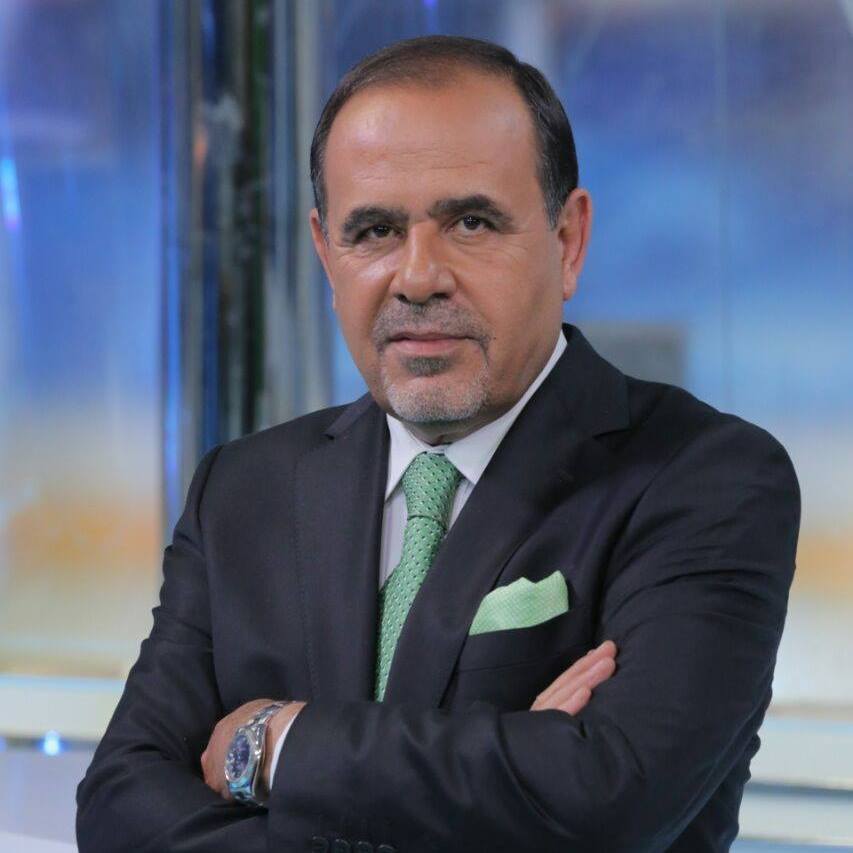By publicly endorsing the decision of President Hassan Rouhani’s government to ration petrol and raise the price at the pumps, Iran’s Supreme Leader Ali Khamenei has blocked any possibility that the government could back down, as we have seen in other countries, Arab and Western, which have witnessed widespread popular protests in response to decisions to raise prices, impose tariffs or increase taxes.
Rouhani and his government have only one of two options left: resort to excessive force and deal roughly with protesters in Iranian towns and cities, or adopt a combination of gentle and excessive force in dealing with the protests on its streets.
The former is likely to be very expensive and may leave the situation open to all possibilities. The latter, which seems more likely to happen, may lead to a fall-off in the protests or them calming down.
The world is keeping a close eye on what is happening in Tehran. Iran’s allies and friends want to be reassured about its domestic stability as the base upon which they lean. Its collapse may lead to the fall of many others in the region. Iran’s opponents, meanwhile, find in these protests a way to try and weaken the country and besiege its regime, if not actually overthrow it as they would really like. And all without firing a single shot or requiring a fourth war that could be very destructive.
READ: More than 100 protestors killed in Iran during unrest
It is most likely that Iran is going to resort to using a combination of gentle and excessive force. Since the first day of the protests, the leadership in Tehran has expressed its understanding of the protesters’ demands. It had already acknowledged that three-quarters of the Iranian population is below the poverty line; that’s 60 million out of 80 million people.
Iran’s leadership also knows that unemployment is unprecedented and that inflation has almost reached 40 per cent. When trying to justify the decision to raise petrol prices, it explained that it has done so in order to take from the rich and give to the poor, with the profits from the increase being deposited in a special fund to support 18 million poor Iranian families.
At the same time, though, the Iranian authorities are talking about a hard core that is spreading between protesters, with their own agendas, primarily based on external influences. The authorities will deal gently with the masses of peaceful protesters, and there are appeals to speed up the delivery of the money to the poor earned through the increase in petrol prices. As for the hard core, or the outsiders, they will be dealt with through extreme and excessive force, being regarded as collaborators and fifth columnists for foreign interference in the country’s internal affairs.
READ: Why the US should support Iran protesters
The Iranian strategy for dealing with protest movements is no different to that of most governments and authorities in the region facing similar demonstrations. They all start with an understanding of people’s demands and sensing their pain; then go through the motions of asking the protesters to be realistic in their demands; and end with talking about black ops, collaborators, outsiders and embassy people. This symphony has been heard in most Arab arenas, and is now repeated in Farsi.
It is difficult to predict for sure how the Iranian protests will end, but I want to quote Ali Al-Sistani when describing the Iraqi protests: Iraq after the protests will never go back to what it was before the protests. Thus, we can say with some confidence that Iran after the protests will never be what it was before the protests. That’s life.
This was translated from Addustour, 19 November 2019
The views expressed in this article belong to the author and do not necessarily reflect the editorial policy of Middle East Monitor.

![Protesters block the roads during a protest against gasoline price hike in Tehran, Iran on 16 November 2019 [Stringer/Anadolu Agency]](https://i0.wp.com/www.middleeastmonitor.com/wp-content/uploads/2019/11/2019_11_16-Protest-against-in-Iran20191116_2_39353062_49519928.jpg?fit=920%2C613&ssl=1)







